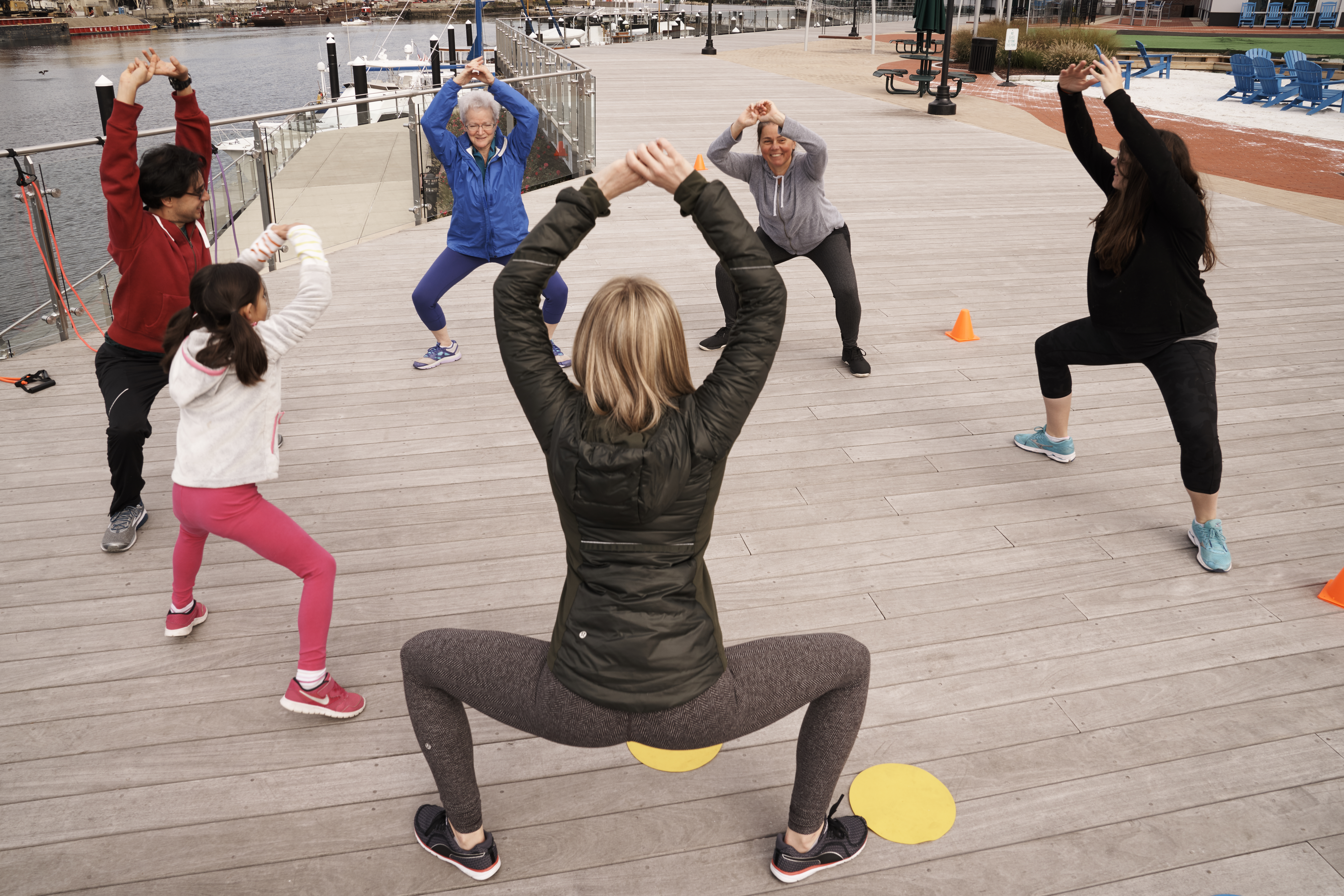
I was recently interviewed for an article on stretching and weight loss. I’m posting both my interview and the article below, if you want to check it out. I think my answers were much better in the actual interview, and the article doesn’t quite explain my thoughts on this matter, since stretching is important to a good exercise program but also complex in its effects. Some of you might find this interesting, so check it out!
And since people are going to be trying to sell you all sorts of weight loss miracles for January, I’ll give it to you straight: stretching is good for you, but it is not a weight loss solution.
Mel’s Stretching Interview Answers :
1. When someone is trying to lose weight, they often focus a lot on cardio but don’t think about stretching. How can stretching support someone’s weight loss goals?
Improving the efficiency of your metabolism is an important component to reaching your weight loss goals and maintaining a healthy weight. While there are many factors that contribute to how efficient you are at burning calories, having strong and happy muscles can play a major part in this. Your muscles are happy when they have good flexibility and healthy range of motion at every joint.
2. What are the different types of stretching? Are they both beneficial or is there one type in particular that someone should focus on?
The three types of stretching you’ll encounter in your exercises are isometric active stretching, dynamic active stretching, and passive stretching. The first two are the most important if you want to improve functionality.
– Think of isometric-active stretching like when you’re holding the hardest part of your yoga pose. Some of the muscles are trying to relax but the opposing muscles are squeezing tight. The stretched muscles loosen and give you increased range of motion at the joint, but the holding muscles on the other side get stronger too. It’s a win for both strength and flexibility which helps keep the body in balance.
– Dynamic-active stretching is more movement oriented stretching. An example would be doing 10 reps of a turned-out deep squat. As you move through the squat motion your adductor (inner thigh) muscles get stretched out and loosen up. You can also hold this stretch at the end range of motion, but the point is to teach your body to move through it with control and improve the quality of the movement as you go. If you have tight inner thighs, doing these squats should help relieve that tension.
– Passive stretching is when someone or something holds you in the stretch. It’s passive. Your muscles eventually will relax, but you don’t have to work on contracting anything. This kind of stretching (especially if you have a great trainer!) can feel REALLY good. But it is probably the least effective at actually improving your range of motion or helping your metabolism. But therapeutically speaking, this can be a great thing to incorporate into your wellness routine.
3. What is the connection between stretching and muscle growth?
If you want to grow your muscles stretching shouldn’t be your primary focus. That being said, let’s not forget about muscle efficiency. If you are doing strength training exercises to build muscle size, stretching in tandem will help those muscles feel and perform better. It will get you better results than if you didn’t stretch.
4. Does stretching tone the body?
If you are incorporating it regularly and using very active stretches, yes it can tone your muscles. It can also improve your posture, which makes you appear more toned 😊
5. How often should someone stretch?
If you want to see real improvements in your range of motion, you should do some light stretching daily. If you are doing very intense stretching, like you might in a hard yoga class, or after a hard run, you probably would want to take a day off from the intensity. The body can’t handle high intensity everyday because hard-worked muscles need recovery time. Rest is when the body gains the benefits you are looking for and without rest there’s bound to be an injury in your future.
6. Is there anything else you want to add or anything else people should keep in mind when stretching?
Think about why you’re doing it. Being super flexible isn’t always the best thing. Functional flexibility and pain free range of motion is the most important thing. The body stretches better when it’s warm, so avoid going totally cold into any stretching routine. Always breathe through your stretches, if you’re holding your breath you’re not letting proper oxygen delivery occur. Respect your body’s limits and be patient. Big improvements to flexibility take longer than strength gains, so stick with it!
Here’s the article in Parade.com
https://parade.com/health/stretches-for-weight-loss
EnJOY!



 203-614-9949
203-614-9949 mel@joyfulfitnessct.com
mel@joyfulfitnessct.com LinkedIn
LinkedIn